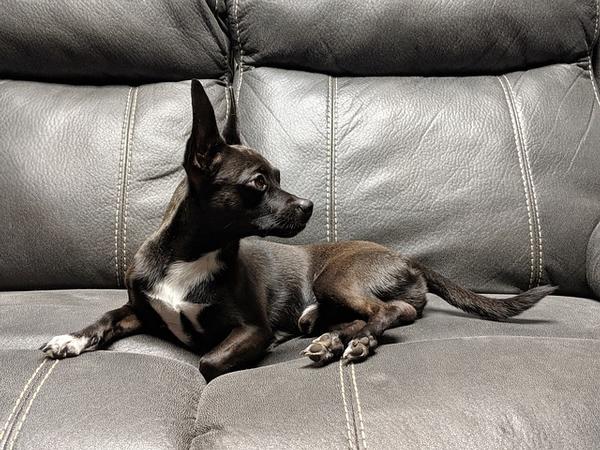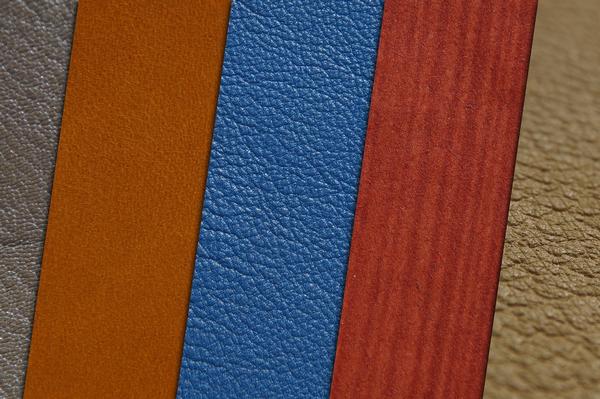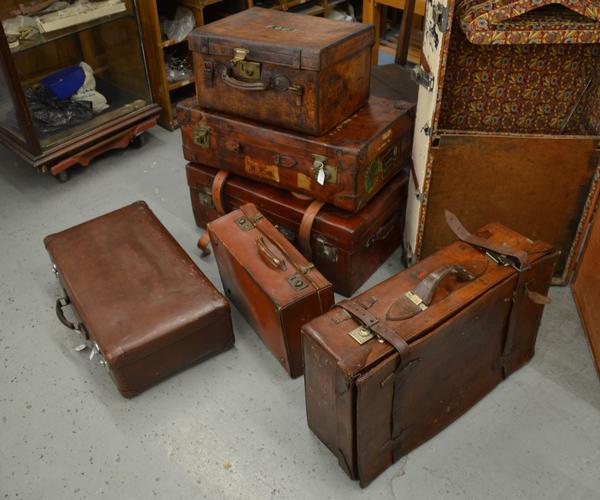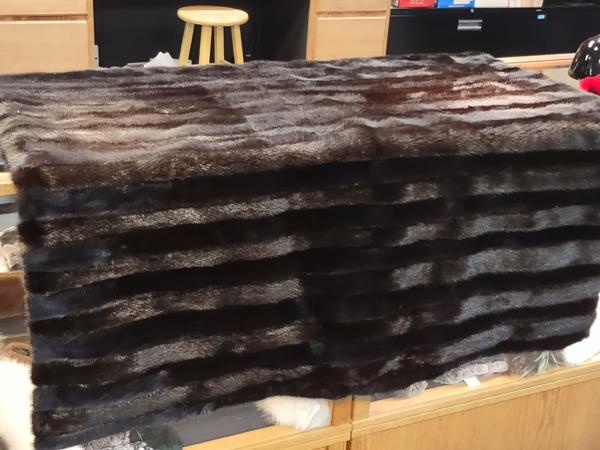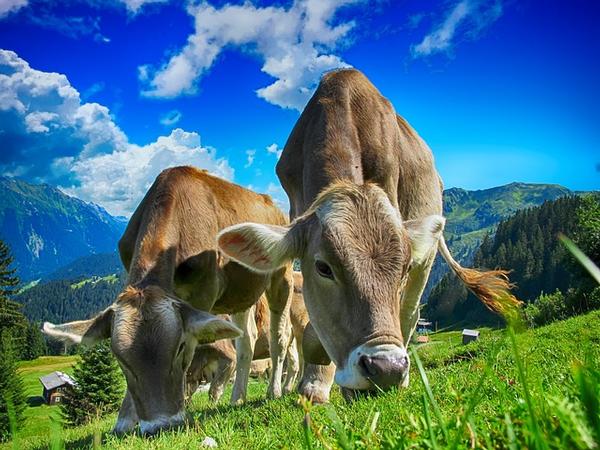Latest News for Jonval Leathers & Furs
Jonval Leathers and Furs Discusses The Different Types Of Leathers Part Three
In the last few blogs Jonval Leathers and Furs discussed all the many factors that affect the quality of leather. In these next few blogs, we will discuss all of the different types of leather that result from the different qualities of leather.
I, for one, had no idea there were so many different types of leather. Last week we talked about chrome tanned leather and chrome free leather. We learned that chrome free leather is must better and safer for the environment. However, the chrome free tanning process is not always readily available in all countries.Â
In this week’s blog, Jonval Leathers and Furs will discuss the next few types of leather. The next leather we will discuss is pigmented leather. This type of leather is generally not the best type of leather. This is because it is not necessary to use good leather when it is just going to be pigmented.
When leather is pigmented, it is layered or covered with other things such as colored polyurethane or varnish. This coating is usually stronger than the leather below it. Generally the leather used for pigmented leather is either split grain leather or Or bonded leather.
Split grain leather has a smooth top layer that has been split away. Bonded leather is made up of several leather particles bonded together using a special glue. Â
Despite the lower quality of leather used in pigmented leather, furniture can still be beautiful with this type of leather. These types of coated leathers are becoming quite sophisticated as the need and desire for them increases. The desire for this type of leather may well be because of the many color options available when the leather is pigmented.
So while this type of leather may be well desired, especially when it comes to leather furniture because it is not made from high quality leather, it is likely that it will deteriorate over time. However, with some upkeep and care you can keep your pigmented leather furniture in good condition. So while you may battle this deterioration, you can rest assured that you have a very durable leather.Â
This tendency to deteriorate is the opposite of that high quality aniline leather we discussed a few weeks ago. Furniture made with aniline leather will actually become more and more beautiful over time.Â
To care for and maintain pigmented leather you can actually use a washcloth and tap water. Yes, water on leather. This is because of the pigmentation process and the fact that that layer is protecting the leather underneath it. You will want to use a special cleaner for leather. Look for one that is low in alkaline. These usually smell lemony fresh as an added bonus to cleaning your leather.Â
Being sure to clean and maintain this leather is important. Doing so will keep that top layer from cracking ensuring that your furniture will last a long time. Which is ultimately the goal when making a big furniture purchase.Â
We hope you are enjoying learning about all the types of leathers and how to care for them. Be sure to check out Jonval Leathers and Furs for all your leather needs and wants.
Â
Read More...
I, for one, had no idea there were so many different types of leather. Last week we talked about chrome tanned leather and chrome free leather. We learned that chrome free leather is must better and safer for the environment. However, the chrome free tanning process is not always readily available in all countries.Â
In this week’s blog, Jonval Leathers and Furs will discuss the next few types of leather. The next leather we will discuss is pigmented leather. This type of leather is generally not the best type of leather. This is because it is not necessary to use good leather when it is just going to be pigmented.
When leather is pigmented, it is layered or covered with other things such as colored polyurethane or varnish. This coating is usually stronger than the leather below it. Generally the leather used for pigmented leather is either split grain leather or Or bonded leather.
Split grain leather has a smooth top layer that has been split away. Bonded leather is made up of several leather particles bonded together using a special glue. Â
Despite the lower quality of leather used in pigmented leather, furniture can still be beautiful with this type of leather. These types of coated leathers are becoming quite sophisticated as the need and desire for them increases. The desire for this type of leather may well be because of the many color options available when the leather is pigmented.
So while this type of leather may be well desired, especially when it comes to leather furniture because it is not made from high quality leather, it is likely that it will deteriorate over time. However, with some upkeep and care you can keep your pigmented leather furniture in good condition. So while you may battle this deterioration, you can rest assured that you have a very durable leather.Â
This tendency to deteriorate is the opposite of that high quality aniline leather we discussed a few weeks ago. Furniture made with aniline leather will actually become more and more beautiful over time.Â
To care for and maintain pigmented leather you can actually use a washcloth and tap water. Yes, water on leather. This is because of the pigmentation process and the fact that that layer is protecting the leather underneath it. You will want to use a special cleaner for leather. Look for one that is low in alkaline. These usually smell lemony fresh as an added bonus to cleaning your leather.Â
Being sure to clean and maintain this leather is important. Doing so will keep that top layer from cracking ensuring that your furniture will last a long time. Which is ultimately the goal when making a big furniture purchase.Â
We hope you are enjoying learning about all the types of leathers and how to care for them. Be sure to check out Jonval Leathers and Furs for all your leather needs and wants.
Â
Jonval Leathers and Furs Discusses The Different Types Of Leathers Part Two
In last few blogs Jonval Leathers and Furs discussed all the many factors that affect the quality of leather. In the next few blogs, we will discuss all of the different types of leather than result from the different qualities of leather.
I, for one, had no idea there were so many different types of leather. Last week we talked about aniline leather which is some of the softest leather you will find. It is called aniline leather because of the dye used to alter it. We learned that aniline leather is some of the most expensive leather you can find. We also discussed semi aniline leather and antique leather in last week’s blog.Â
In this week’s blog, Jonval Leathers and Furs will discuss the next few types of leather. The next type of leather is called chrome free leather. Chrome free leather is often used for automobile accessories and baby shoes. Leather that is chrome free is much better for the environment. In fact, many governments have called for a move from chrome based tanneries to chrome free tanneries.
These chrome free tanneries use alternative processes instead. These might include vegetable tanning and aldehyde tanning. By using these processes, they ensure that there are no toxic effluents harming the environment.
These tanning processes result in very similar effects as the chrome based tanning. For example, chrome free leather will still have a higher shrink resistance, flexural strength, and more resilience. For this reason, switching to these alternative tanning processes is a win win—it is much better for the environment we live in, and the same qualities remain.
The next logical type of leather we will discuss is chrome tanned leather. This is, of course, the opposite (in a sense) of the chrome free leather we just discussed. This type of leather uses chromium salts, or chromium sulfates to tan the leather instead of vegetable tannins. You can find this leather in items that do not require structural toughness or stiffness. You will often see this leather in such items as jackets, gloves, bags, and upholstery.
This type of leather has similar qualities to that of chrome free, such as being moderately durable, resilient, and supple. However, because it is so supple this means it cannot be stamped or patterned. Â This leather also has better water resistance. A variety of dyes can be used with this tanning process. This means the leather can have all sorts of bright colors.Â
However, as mentioned above, this tanning process can be quite harmful to the environment and is therefore not preferable. This harm is even more prevalent in third world countries because of the lack of proper recycling systems for the toxic wastewater that results from this process. This toxic wastewater can seep into the groundwater supplies if not properly recycled. This seepage can also affect the soil.
We hope you are enjoying these blogs that explore all the different types of leathers and how they become the pieces that they do. For all your leather and fur needs visit Jonval Leathers and Furs today.Â
Â
Read More...
I, for one, had no idea there were so many different types of leather. Last week we talked about aniline leather which is some of the softest leather you will find. It is called aniline leather because of the dye used to alter it. We learned that aniline leather is some of the most expensive leather you can find. We also discussed semi aniline leather and antique leather in last week’s blog.Â
In this week’s blog, Jonval Leathers and Furs will discuss the next few types of leather. The next type of leather is called chrome free leather. Chrome free leather is often used for automobile accessories and baby shoes. Leather that is chrome free is much better for the environment. In fact, many governments have called for a move from chrome based tanneries to chrome free tanneries.
These chrome free tanneries use alternative processes instead. These might include vegetable tanning and aldehyde tanning. By using these processes, they ensure that there are no toxic effluents harming the environment.
These tanning processes result in very similar effects as the chrome based tanning. For example, chrome free leather will still have a higher shrink resistance, flexural strength, and more resilience. For this reason, switching to these alternative tanning processes is a win win—it is much better for the environment we live in, and the same qualities remain.
The next logical type of leather we will discuss is chrome tanned leather. This is, of course, the opposite (in a sense) of the chrome free leather we just discussed. This type of leather uses chromium salts, or chromium sulfates to tan the leather instead of vegetable tannins. You can find this leather in items that do not require structural toughness or stiffness. You will often see this leather in such items as jackets, gloves, bags, and upholstery.
This type of leather has similar qualities to that of chrome free, such as being moderately durable, resilient, and supple. However, because it is so supple this means it cannot be stamped or patterned. Â This leather also has better water resistance. A variety of dyes can be used with this tanning process. This means the leather can have all sorts of bright colors.Â
However, as mentioned above, this tanning process can be quite harmful to the environment and is therefore not preferable. This harm is even more prevalent in third world countries because of the lack of proper recycling systems for the toxic wastewater that results from this process. This toxic wastewater can seep into the groundwater supplies if not properly recycled. This seepage can also affect the soil.
We hope you are enjoying these blogs that explore all the different types of leathers and how they become the pieces that they do. For all your leather and fur needs visit Jonval Leathers and Furs today.Â
Â
Jonval Leathers and Furs Discusses The Different Types Of Leathers
I, for one, had no idea there were so many different types of leather. So lets just jump right in. First, the type of leather often depends on a few factors. These include the percentage of organic material involved, the finishing process, and the durability of the final material.Â
We touched briefly on this first type of leather in our last blog. Aniline leather is some of the softest leather you will find. This term comes from the type of dye used to color it. The dye is an aniline dye. This dye usually comes as a powder. This powder is then dissolved into water, alcohol, or a petroleum solvent.Â
These dyes are water soluble and translucent. Because of this the wrinkles, scars, and marks that can be found in the hide of the animal are brought out quicker.Â
Aniline leather is some of the most expensive leather. This is because this dying process can only be attempted on the highest quality of animal hide to begin with. Then, over time the dye helps the leather to develop a beautiful, natural patina.
This top quality leather is often used for making high end, luxury accessories. You will find it used in such as accessories as bags and purses, fine jackets, and high end wallets. You can also find it in top quality furniture. It is important to note that this type of high quality leather does require regular maintenance to keep it looking its best. Â
The next type of leather Jonval Leather and Fur would like to discuss is semi aniline leather. This leather is not completely dyed as the full aniline leather. Instead, it is simply lightly coated on the surface with the dye. This results in a stronger leather than aniline leather. It also is able to maintain its natural look because of this type of dye process. There is some stain resistance, but it is not full coverage.
The next type of leather Jonval Leather and Furs will discuss is Antique grain leather. You may have also heard this called distressed leather. This leather has that worn and used look (in a good way) that many shoppers are looking for. It is treated in order to get an antique, rugged look. This results in a vintage look many are looking for without having to wait years for the natural process to happen.Â
The process to get this vintage look is to treat the leather by applying a partially rubbed off or uneven contrasting top coat. This reveals the pale underlying color of the hide. This weathered leather, aside from rhyming, is also sought after in such products as fine wallets, belts, jackets, bags, and purses.
So far we have discussed the first three types of leather. Stay tuned next week when Jonval Leathers and Furs will discuss the next few types of leather and where you will find them.
Â
Read More...
We touched briefly on this first type of leather in our last blog. Aniline leather is some of the softest leather you will find. This term comes from the type of dye used to color it. The dye is an aniline dye. This dye usually comes as a powder. This powder is then dissolved into water, alcohol, or a petroleum solvent.Â
These dyes are water soluble and translucent. Because of this the wrinkles, scars, and marks that can be found in the hide of the animal are brought out quicker.Â
Aniline leather is some of the most expensive leather. This is because this dying process can only be attempted on the highest quality of animal hide to begin with. Then, over time the dye helps the leather to develop a beautiful, natural patina.
This top quality leather is often used for making high end, luxury accessories. You will find it used in such as accessories as bags and purses, fine jackets, and high end wallets. You can also find it in top quality furniture. It is important to note that this type of high quality leather does require regular maintenance to keep it looking its best. Â
The next type of leather Jonval Leather and Fur would like to discuss is semi aniline leather. This leather is not completely dyed as the full aniline leather. Instead, it is simply lightly coated on the surface with the dye. This results in a stronger leather than aniline leather. It also is able to maintain its natural look because of this type of dye process. There is some stain resistance, but it is not full coverage.
The next type of leather Jonval Leather and Furs will discuss is Antique grain leather. You may have also heard this called distressed leather. This leather has that worn and used look (in a good way) that many shoppers are looking for. It is treated in order to get an antique, rugged look. This results in a vintage look many are looking for without having to wait years for the natural process to happen.Â
The process to get this vintage look is to treat the leather by applying a partially rubbed off or uneven contrasting top coat. This reveals the pale underlying color of the hide. This weathered leather, aside from rhyming, is also sought after in such products as fine wallets, belts, jackets, bags, and purses.
So far we have discussed the first three types of leather. Stay tuned next week when Jonval Leathers and Furs will discuss the next few types of leather and where you will find them.
Â
Stay Warm This Winter!
Now that winter is officially here, thoughts generally turn to keeping warm! Â
What better way to keep warm than fur?Â
If you aren’t wearing your fur coats or wraps, why not turn them into something usable, like remodeling them for a newer, fresher look? OR changing them into a lap robe or throw?  Even fur pillows can warm the look of your room.
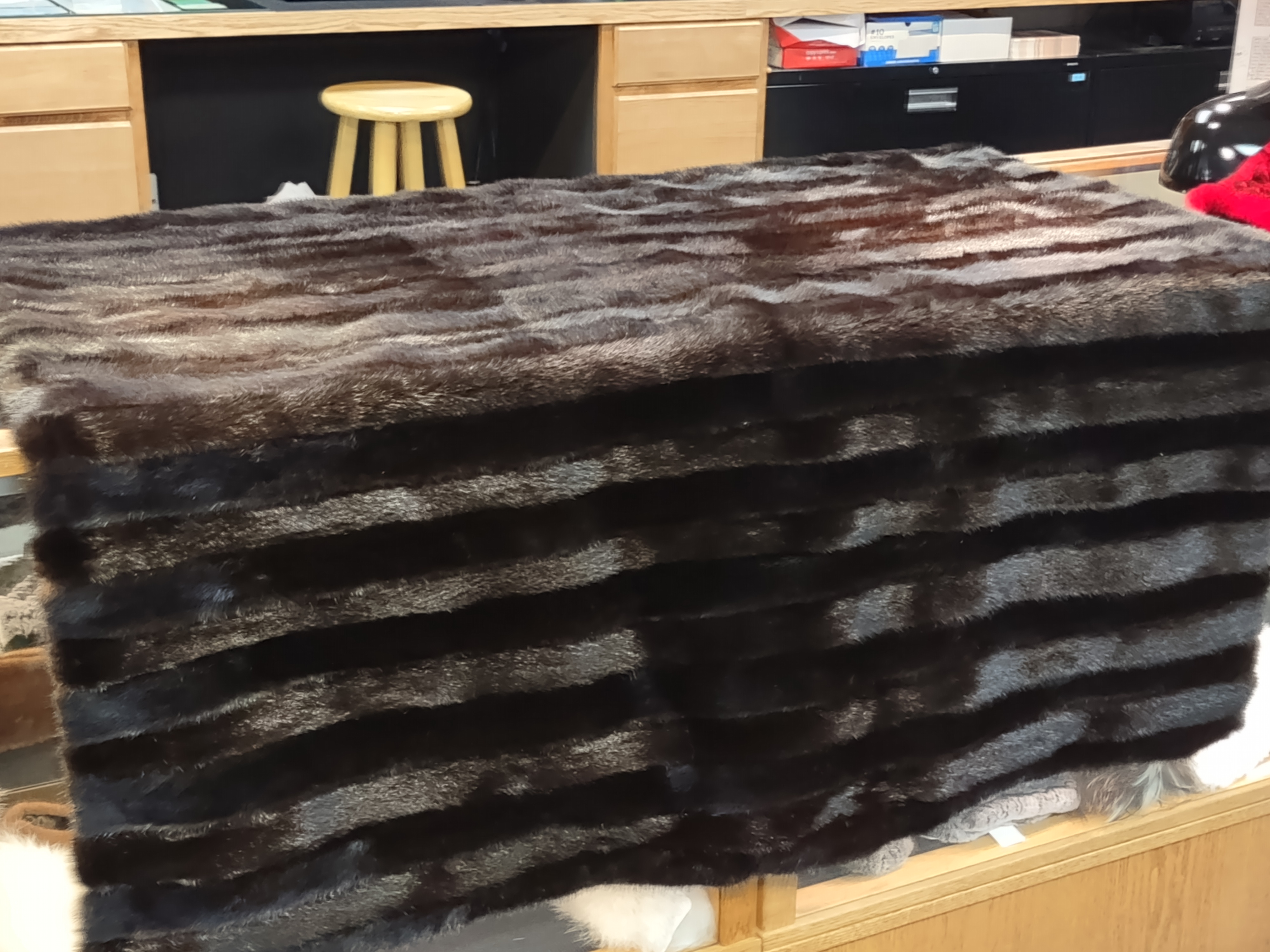 Â Â
  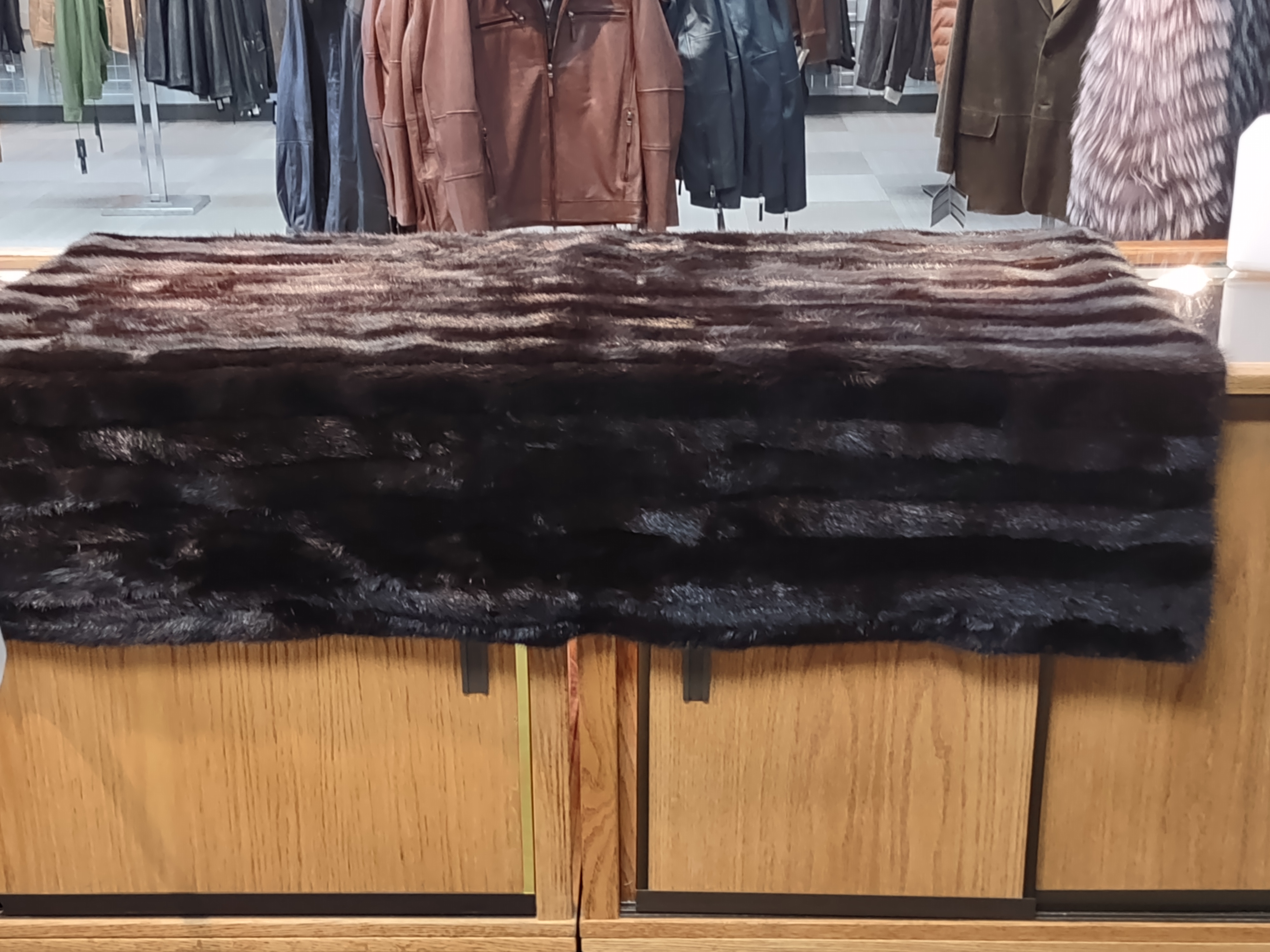
Handbags and headbands are also useful items that can be made from fur coats that just are gathering dust in your closet.
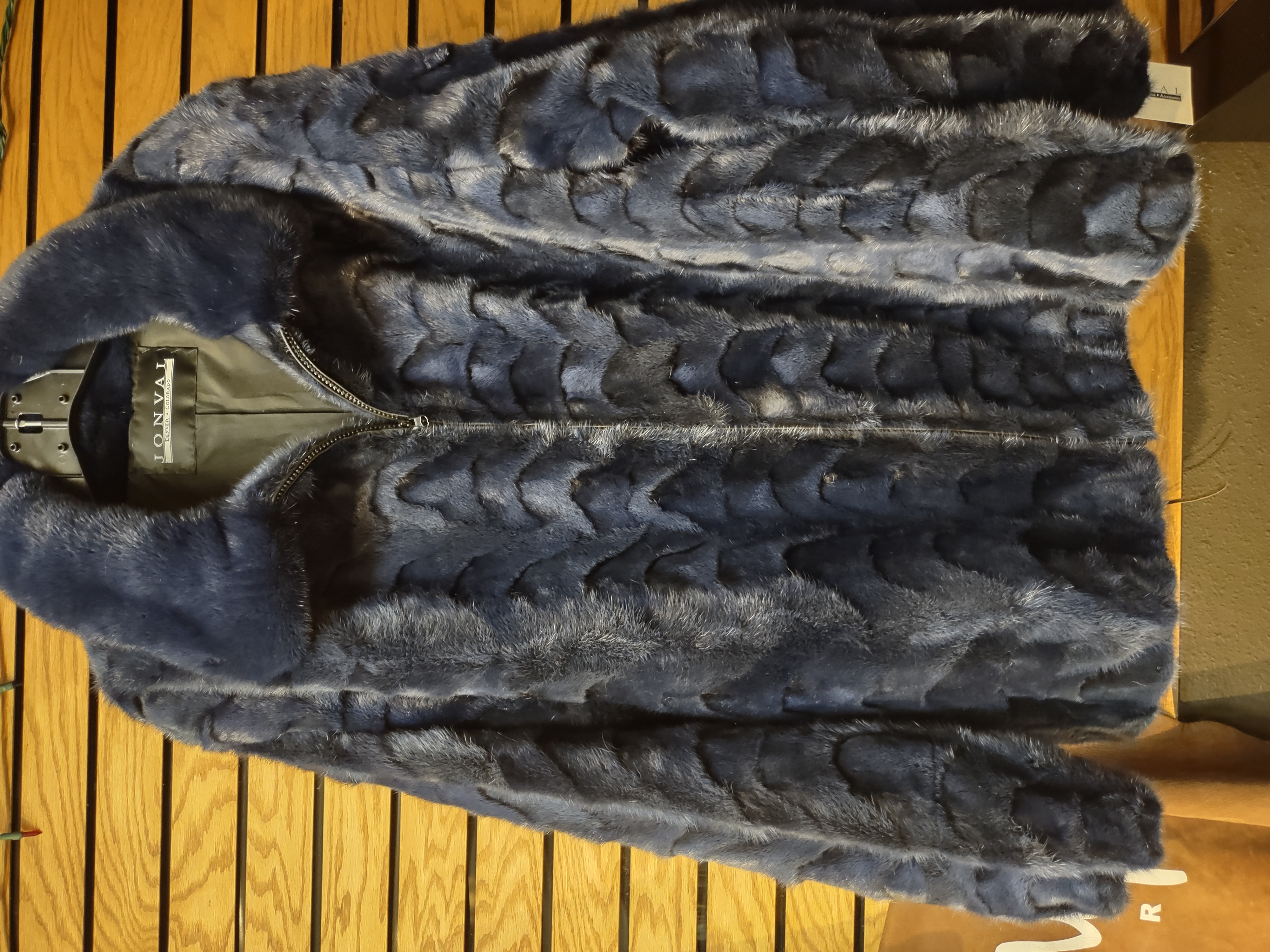 Â Â
  
AND don’t’ rule out leather jackets.  Maybe your jacket needs a new lining so that you can wear it with a sweater, or why not have a new thermal lining sewn inside your favorite winter, leather jacket?
 Â Â
  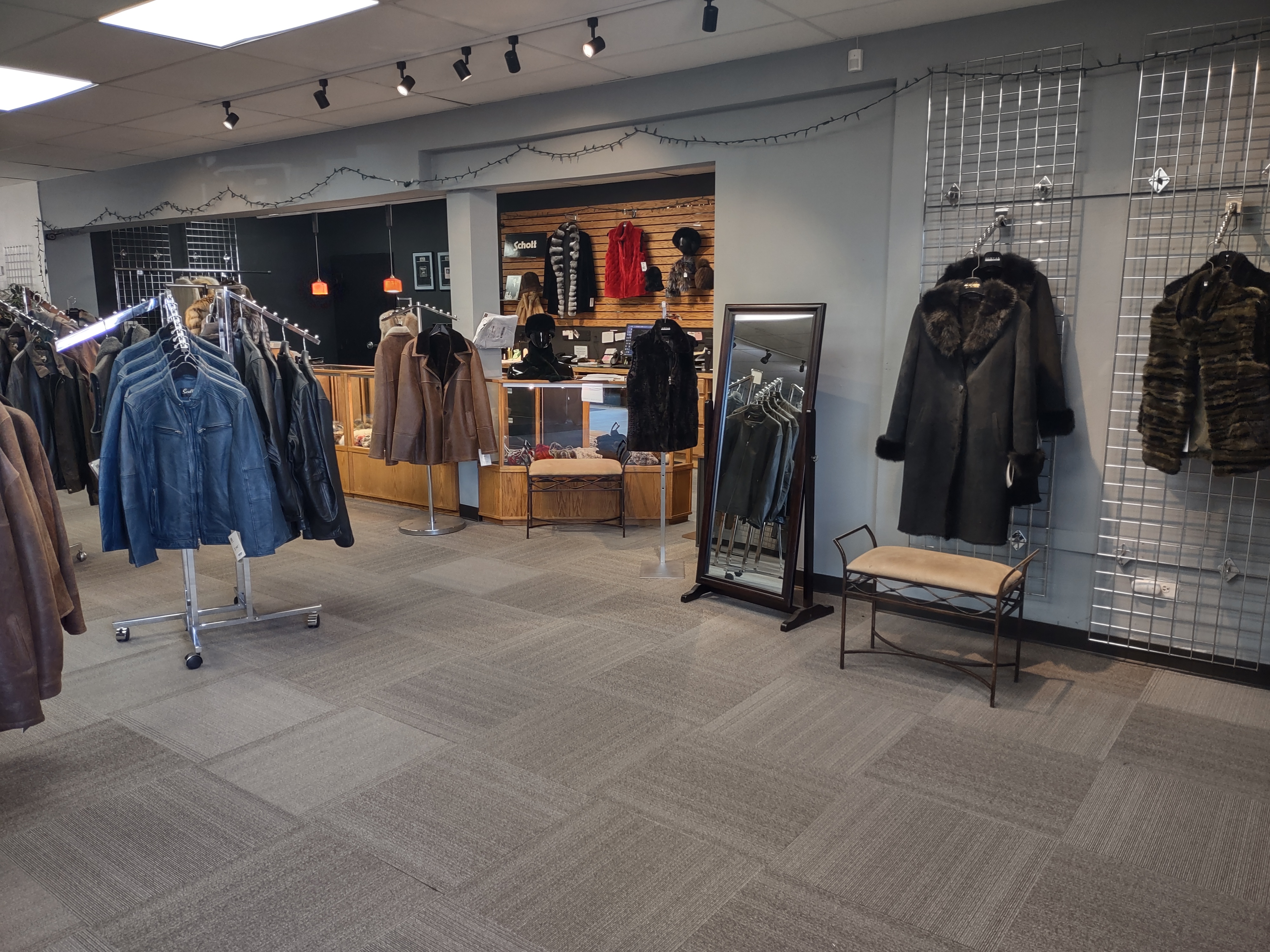
Ideas are endless. Â Call us today for ideas and costs. 720 377-1555
Â
Read More...
What better way to keep warm than fur?Â
If you aren’t wearing your fur coats or wraps, why not turn them into something usable, like remodeling them for a newer, fresher look? OR changing them into a lap robe or throw?  Even fur pillows can warm the look of your room.
 Â Â
  
Handbags and headbands are also useful items that can be made from fur coats that just are gathering dust in your closet.
 Â Â
  
AND don’t’ rule out leather jackets.  Maybe your jacket needs a new lining so that you can wear it with a sweater, or why not have a new thermal lining sewn inside your favorite winter, leather jacket?
 Â Â
  
Ideas are endless. Â Call us today for ideas and costs. 720 377-1555
Â
Jonval Leathers and Furs Guide To The Factors That Affect The Quality Of Leather
Not all leather is created (or grown) equally. In this guide to the factors that create the quality of leather, Jonval Leathers and Furs aims to show you some of the things that affect the quality of leather.Â
A lot of this comes down to the cow from which the leather is taken. Believe it or not the breed of the cow and even the region in which it is raised can affect the quality of leather. Who knew?Â
When considering the breed of the cow, genetics play a role. For example, different breeds will have different hair patterns and growth. This difference will often be because of the area in which the cow is raise. For example, in warmer climates, cows will not need as much hair and might therefore have thicker skin. In cooler climates, they might have more protection from hair and thus a softer hide.Â
Along with the region and climate comes bugs. These bugs can bite and irritate the cows. This can lead to scars. These scars can affect the quality of leather. This is generally a consideration for cows raised in warmer climates, while those in colder climates, with fewer bugs, will be less likely to have these bug bite scars and thus will lend a better quality leather.Â
Another factor Jonval Leathers and Furs considers when thinking about the quality of leather is where on the cow the leather comes from. (Again, who knew? Perhaps this like the quality of steak and what part of the cow it comes from.) For example, if the hide is from the lower portion of the cow, the leather will have looser fibers. These looser fibers result in lower quality because the hide can swell when wet.Â
As well, hides that come from the lower portion of the cow are more likely to have scars. These are not just from bug bites, but also from every day wear and tear on the hide such as getting stuck by barbed wire fences. Wrinkles are also more common on the lower extremities of the animal. These wrinkles and scars become permanent, just like in humans. This means that they are nearly impossible to removeÂ
when trying to process the leather.Â
Another factor to consider when it comes to the quality of leather is the processor. These are the people who take the raw hide and process it into quality leather for your garments. Indeed, this is a difficult skill to master. One must know how to tan and finish a raw hide expertly. This can take years and years of experience. The better the processor, the better the quality of leather will be.Â
Not to worry if this is all new to you. This is generally not something you, as a consumer, need to think about. Instead, it is something that Jonval Leathers and Furs thinks about for you. You can rest assured that when you buy leather from us, you are buying top quality leather that has taken all of these factors into consideration.Â
Â
Read More...
A lot of this comes down to the cow from which the leather is taken. Believe it or not the breed of the cow and even the region in which it is raised can affect the quality of leather. Who knew?Â
When considering the breed of the cow, genetics play a role. For example, different breeds will have different hair patterns and growth. This difference will often be because of the area in which the cow is raise. For example, in warmer climates, cows will not need as much hair and might therefore have thicker skin. In cooler climates, they might have more protection from hair and thus a softer hide.Â
Along with the region and climate comes bugs. These bugs can bite and irritate the cows. This can lead to scars. These scars can affect the quality of leather. This is generally a consideration for cows raised in warmer climates, while those in colder climates, with fewer bugs, will be less likely to have these bug bite scars and thus will lend a better quality leather.Â
Another factor Jonval Leathers and Furs considers when thinking about the quality of leather is where on the cow the leather comes from. (Again, who knew? Perhaps this like the quality of steak and what part of the cow it comes from.) For example, if the hide is from the lower portion of the cow, the leather will have looser fibers. These looser fibers result in lower quality because the hide can swell when wet.Â
As well, hides that come from the lower portion of the cow are more likely to have scars. These are not just from bug bites, but also from every day wear and tear on the hide such as getting stuck by barbed wire fences. Wrinkles are also more common on the lower extremities of the animal. These wrinkles and scars become permanent, just like in humans. This means that they are nearly impossible to removeÂ
when trying to process the leather.Â
Another factor to consider when it comes to the quality of leather is the processor. These are the people who take the raw hide and process it into quality leather for your garments. Indeed, this is a difficult skill to master. One must know how to tan and finish a raw hide expertly. This can take years and years of experience. The better the processor, the better the quality of leather will be.Â
Not to worry if this is all new to you. This is generally not something you, as a consumer, need to think about. Instead, it is something that Jonval Leathers and Furs thinks about for you. You can rest assured that when you buy leather from us, you are buying top quality leather that has taken all of these factors into consideration.Â
Â
